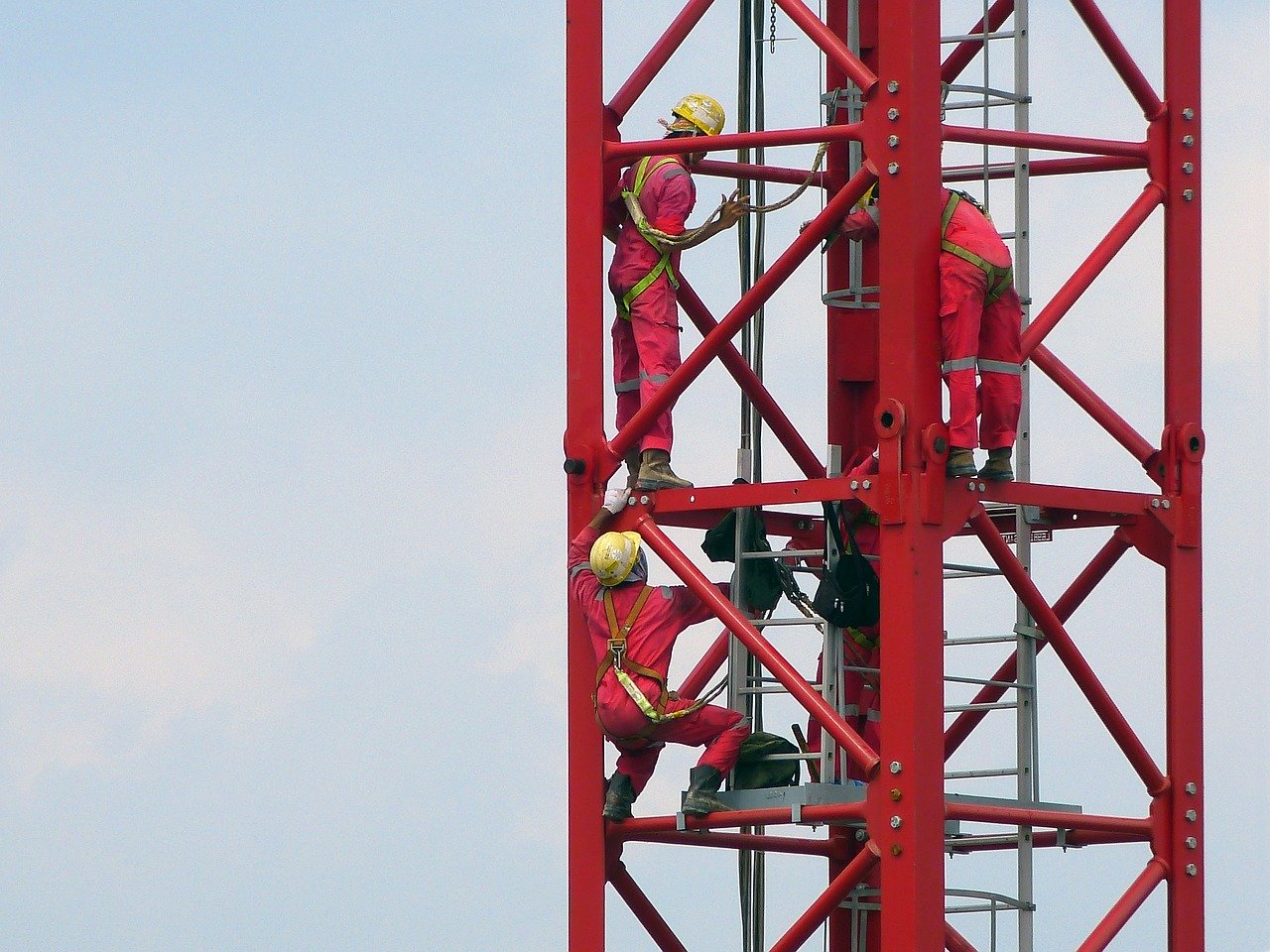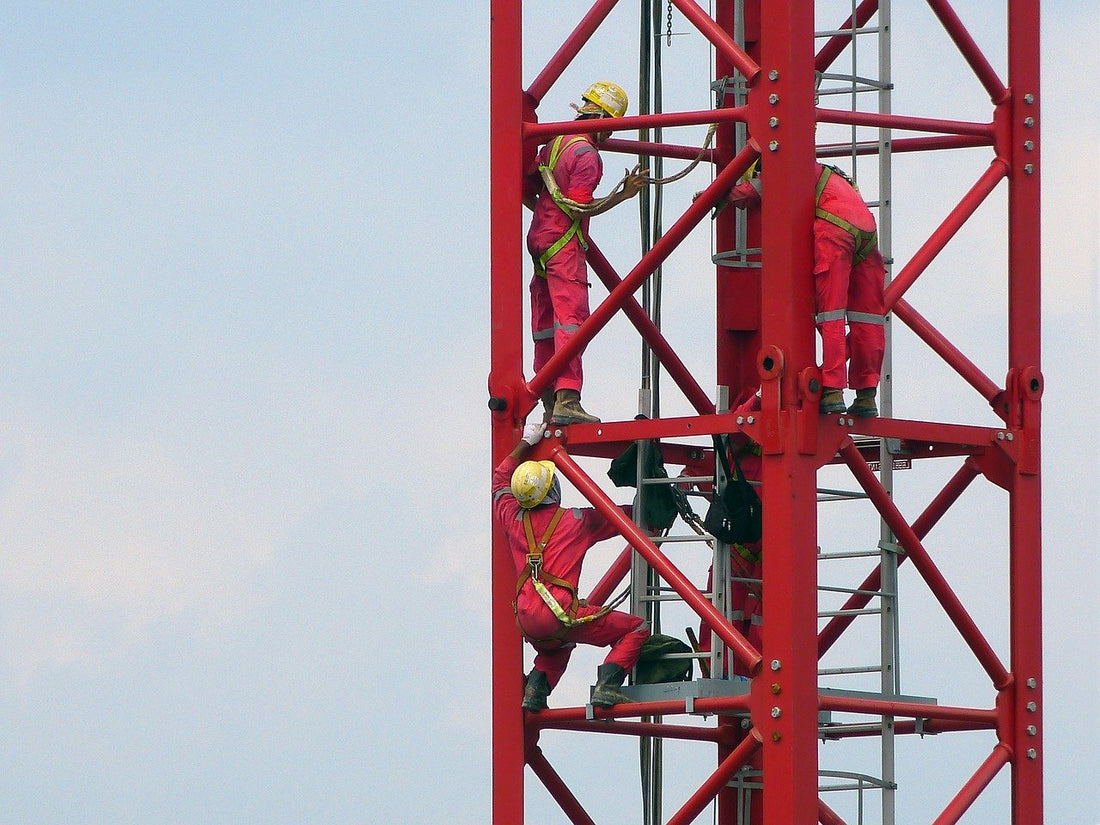A purchase order in construction is similar to a contract in that it is a request from one person to another about purchasing an item. Although any purchase order can, and typically is, viewed as a contract, it should never be considered a true contract.
The reason for this is that the contract is more detailed and includes products, prices, and project terms and conditions. While a purchase order can include some of these same things, they are always a single contract that focuses only on the product the purchase order is for.
It can be quite confusing for those outside of the construction industry, or those just starting out, but you need to keep these two items in order to avoid any conflicts with a later project!
Anyone filling out construction purchase orders should make sure they include product descriptions, the technical aspects you need to know, the quantities you want to order, the discounts you will receive and, of course, the product prices. It's also a good idea to include shipping dates as well as expected payment terms so there is no confusion later.
Any construction purchase order completed in detail will be approved much faster than those lacking pertinent information. Therefore, each contractor must make sure that each purchase order created contains the necessary information. Otherwise, the order will be returned with request(s) for additional information.
How does a purchase order work?
In short, the purchase order process is based on the following steps: (1) purchase order creation, (2) purchase order approval, (3) shipping, (4) delivery, (5) invoicing, and (6) close. Among these six points of the purchasing journey are budget checks, contract management and quality checks.
The purchase order becomes legally binding as soon as the buyer accepts it. It details the materials needed, the agreed price, delivery expectations, and payment terms. In principle, the purchase order provides defined instructions to the buyer while also providing a solid paper record for the procurement process.
Again, once the person writing the purchase order sends it to the other person to accept, and they do just that, the purchase order becomes a legally binding contract. In other words, there is no way for either party to break the contract, or purchase order, without the involvement of a lawyer and the possibility of imminent legal action.
What is the purpose of a purchase order?
A purchase order is used when a buyer wants to purchase materials, equipment, or services on credit. The purchase order serves as a risk protection document when a supplier delivers purchased items before payment. In addition to the legal protection that the purchase order offers, it can also have a significant effect on inventory and payment management.
Suppliers also use purchase orders to track when payments have been made on certain orders. Buyers also use copies of the purchase order to monitor timely receipt of delivery of ordered materials.

Because purchase orders are so important in the construction industry, it is important for everyone to keep track of which purchase orders they have submitted and which ones have been accepted or denied. Having these purchase orders on hand and easy to find ensures that any issues can be resolved quickly and immediately.
Whenever a purchase order goes missing, work on the project in question can come to a halt, as no one will want to continue until they know exactly what both parties want and need, and everything is back on track. These delays can cause projects to go over budget and past completion time, two things neither party will want.
Some contractors may feel that it is not necessary to fill out a purchase order for every small item they want or need to purchase, especially if they have been working with someone else for years. However, all it takes is one misunderstanding for a partnership to go wrong, and purchase orders are created to avoid problems like this.
How do you create a purchase order?
A purchase order is usually prepared by the buyer through the purchasing department. Creating purchase orders is typically done with the help of an electronic software system (to better track and submit orders electronically). As mentioned above, the created order includes a purchase order number that matches purchases with delivery using (1) ship date, (2) billing address, (3) shipping address, (4) items ordered, ( 5) quantities, and (6) price.
Of course, there are many issues when it comes to purchase orders in construction, but the main ones are how the contractor should store them. While it's easy to say they'll be safe and sound in a manila file cabinet, that's not quite true. Each project can have hundreds of purchase orders, meaning finding exactly what is needed in a sea of paperwork is nearly impossible. Additionally, these papers are never where contractors need them, especially if they need one of the purchase orders when they are on the job site.
Fortunately, technology has advanced greatly in recent years and construction purchase orders can now be saved and stored online. There are many different types of software that offer this option to contractors, and they can be used for more than just storage.
Purchase order software can now be used to create construction purchase orders, track them to know when they have been approved or denied, and even track when purchase orders have been completed with products delivered and the purchase order paid in full .
The difference between a purchase order and a contract
A purchase order is a document created by the buyer and sent to the supplier to order or order products or services on credit. Includes order descriptions, quantities, prices, payment terms and shipping dates. After acceptance by the buyer, the purchase order becomes legally binding through the product transaction agreed between the buyer and the supplier.
On the other hand, a contract is a legal document that details the products, agreed prices and payment terms and conditions with the value and number of purchase orders and invoices sometimes attached.
Remember that purchase orders only become legal documents when the buyer accepts them, while a contract is a legal document at the outset. Purchase orders have zero value unless approved by the supplier, while contracts already have legal value.
Conclusion
Construction purchase orders will never go away and, in fact, may become a little more complicated as more information may be needed for each one in the future. However, contractors can feel a little relief knowing that software can help them keep track of everything and even fill the bulk of each purchase order. This ensures that they won't spend hours on purchase orders and that nothing will go unnoticed.
No one loves purchase orders in construction as they can be time-consuming and annoying. However, because they can save “he said, they said” scenarios, every contractor should do their due diligence and have one for everything they purchase.

